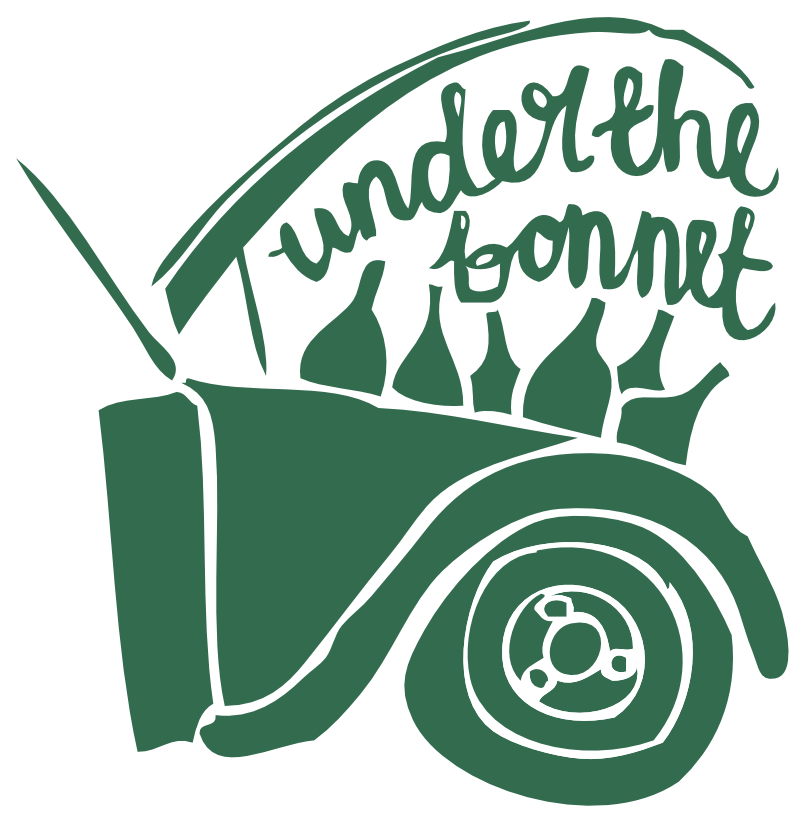Domaine Schaeffer Woerly (Maxime Woerly)

winemaker
Maxime Woerly
TYPE OF AGRICULTURE
Organic with biodynamic principles
VINEYARD AREA
8 ha
Country, Region, Subregion
Wines
From a parcel at the top of a southern facing slope above Dieffenthal planted by Maxime’s grandfather in the 1960s.
Maxime held 2017’s maceration in reserve as it felt too concentrated, and returned to the same plot in 2018, picking earlier and lower down the hill, knowing he’d blend the two together.
A wine Maxime makes each vintage, changing the name and label to reflect the year (In 2020 his son was born, so he now looks back on a tough year with rose-tinted glasses!)
Usually just from one parcel of Pinot Gris & Muscat, in 2020 yields were too low, and he blended in the Gewurtz & Pinot Noir.
Maxime’s naturally sparkling Cremant, zero tirage or dosage.
This is a special slope for Maxime: the steepest they own and the parcel in which he's experimenting with a zero-input agriculture, not treating the vines, encouraging biodiversity and cover crops.
No, that’s not a typo, this is Maxime’s thunderstorm (orage) wine. Living through droughts since 2017, Maxime makes this in dry years when he wishes for rain. First created as a way to use his Gewurztraminer when more concentrated .
Pithy, aromatic maceration of Maxime’s white varieties, a successful experiment in infusion with large mesh bags, the ‘tea bag’ technique continues to catch on!
In a brutal year for Pinot Noir (bad mildew) Max has changed up his vinification process for his Pinot, and is pleased with the results. Crunchy, bright and very drinkable.
Alive & direct for the ‘21 vintage, back to its usual iteration of Pinot Gris & Muscat as equal partners. Heady, vibrant and delicious.
From the Bernstein slope on solid granite. A one-off cuvee, that Max can probably only make once every 5 years when conditions are correct. There's a double-etymology pun here about malolactic fermentation, and the paw of Max's cat: Malo. What else does one expect from the Alsace school.
Introducing Maxime Woerly, farming 8 hectares within a 1 kilometre radius on the eastern slopes of the Vosges Mountains in Dambach-la-Ville. We met Maxime recently whilst visiting our mutual friend Yann Durrmann and were really taken with his wines, attitude and history.
Maxime's family have deep roots in this historic Alsatian village, farming here since 1557. Centuries later- after the Second World War- Maxime's grandfather decided to stop selling their harvest to local wine merchants; the first family bottling dates to 1947.
Organic conversion of their parcels on granite began in 2010 as Maxime returned home from his studies, more recently he's been experimenting with biodynamics and zero-input agriculture. He's particularly excited for the future as this winter his childhood friend joins him at the domaine, and the pair will begin their own biodynamic preparations for the next vintage.
For any UK wholesale and stock enquiries, please contact hello@winesutb.com












A blend of two parcels: the top of the southern-facing slope on solid granite - 60 years old- and the bottom of a northern-facing slope in Dambach, on sandy granitic soils planted in the 1980's.